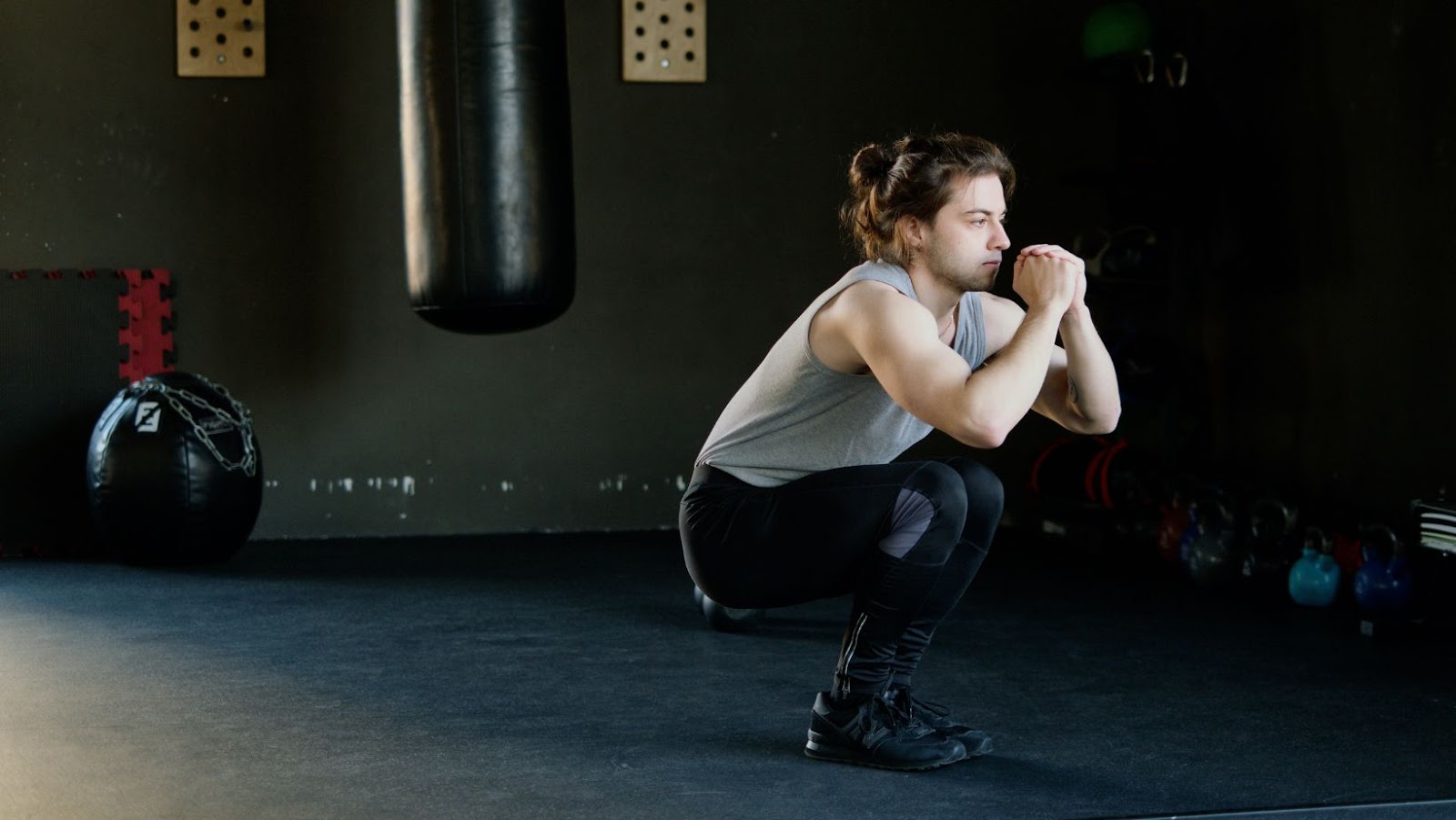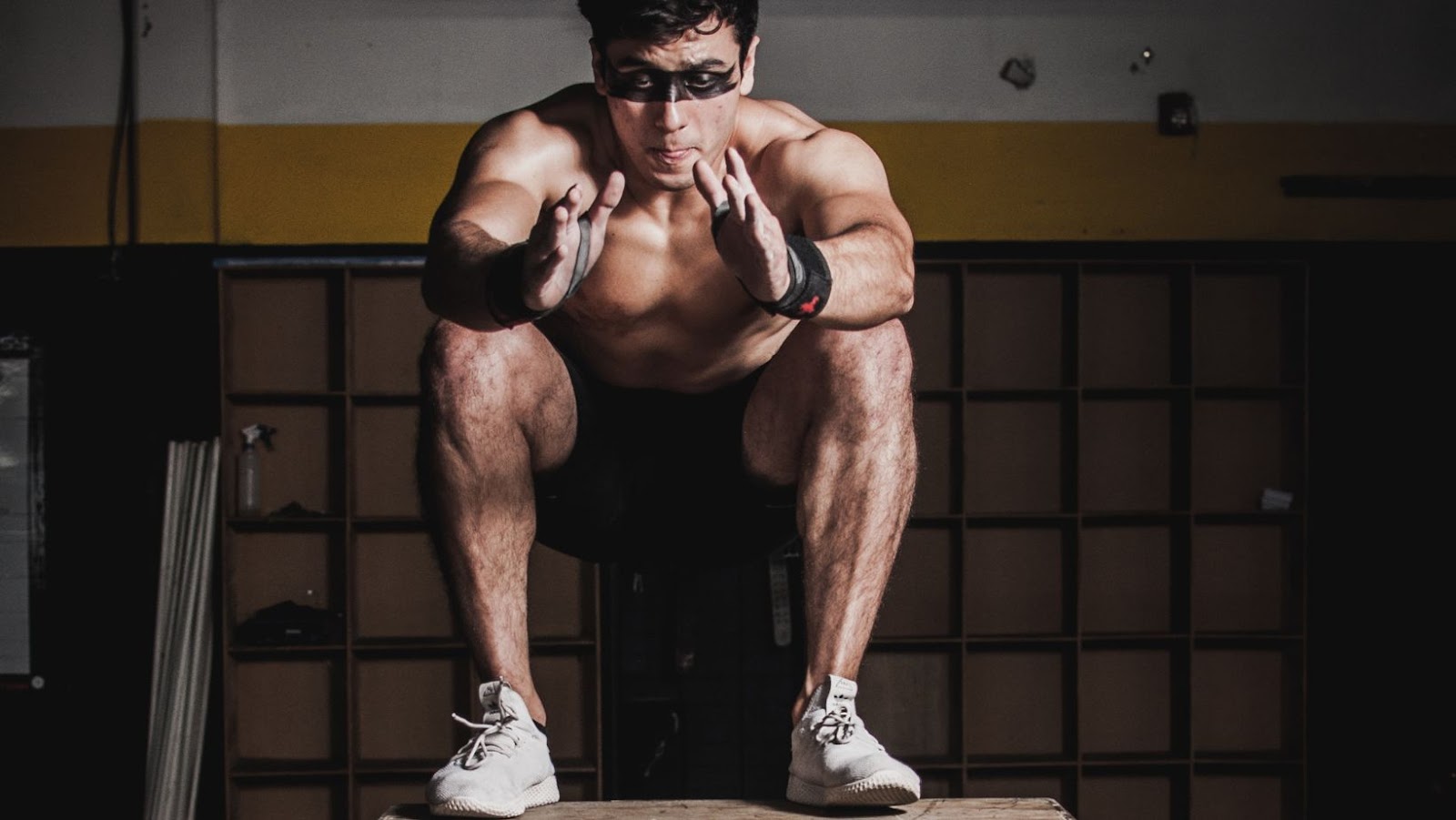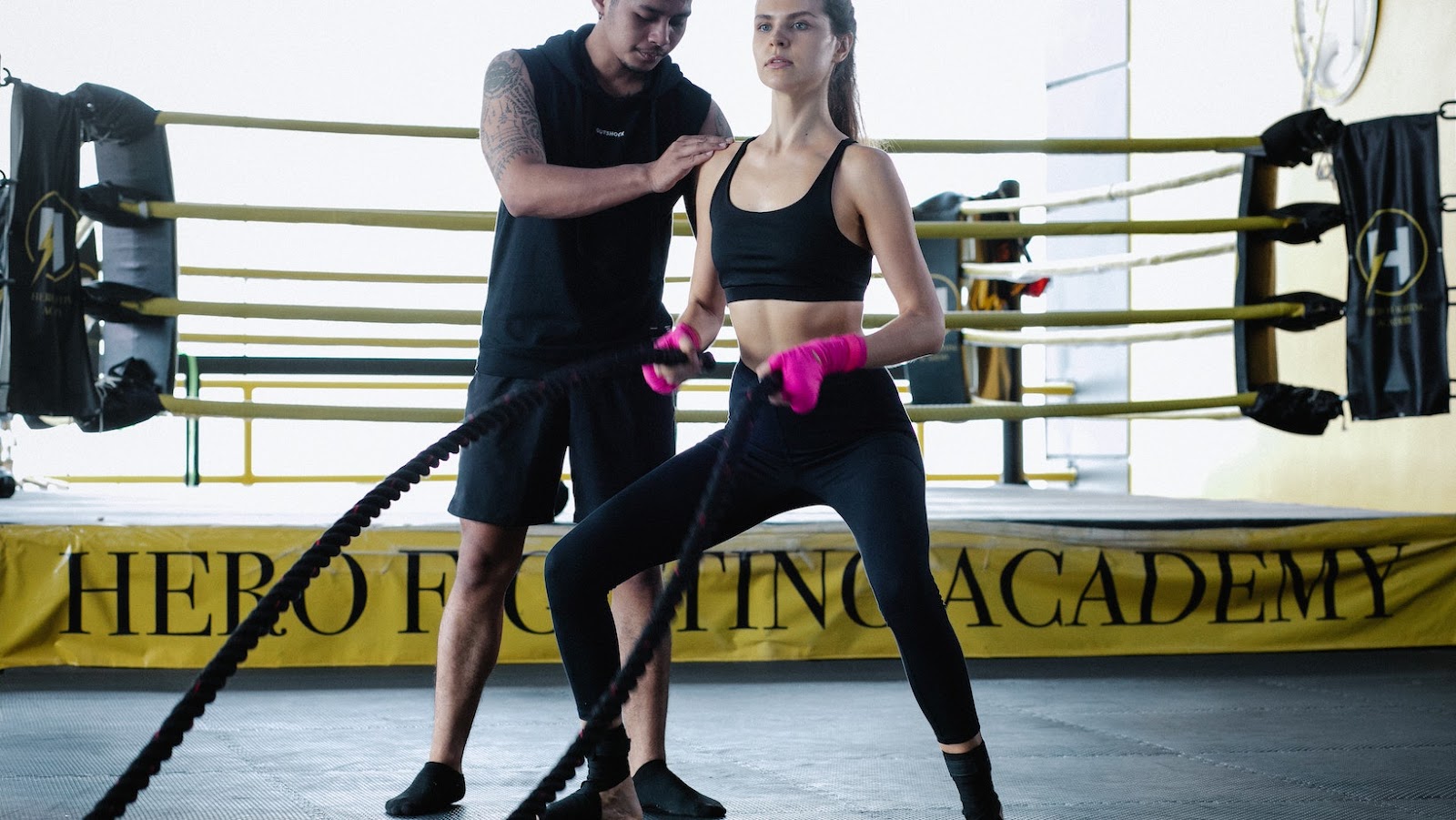Struggling with lower back pain? You can alleviate it with the Asian squat. Join us as we delve into the science of how this ancient art, steeped in tradition, can improve your overall health and wellbeing—and reduce those everyday aches and pains.
Introduction to the Asian Squat
The Asian squat is a simple yet efficient exercise technique and position that originates from Asia. It involves squatting down with your feet flat on the ground while keeping your heels touching the ground. This position offers a range of health benefits, including improved flexibility, mobility, and strength in the lower body muscles. Here are the steps to follow to perform the Asian squat:
|
Stand with your feet shoulder-width apart. |
|
Slowly lower your body down into a full squat position. |
|
Keep your heels down on the ground. |
|
Straighten your back and relax your shoulders. |
|
Hold the position for a few seconds before slowly rising back up. |
Pro tip: As a beginner, you can use support or hold onto a stable object such as a pole to keep balance while you perform the Asian squat. Gradually reduce reliance on support as you develop more muscle strength and balance.
Benefits of the Asian Squat
Asian Squat, also known as the Deep Squat, is a physical pose that has several benefits for your body and mind. To perform this squat:
|
1. Keep your feet flat on the ground, shoulder-width apart, and squat down low enough for your hips to rest on your heels. |
|
2. Place your arms between your legs and straighten your spine to maintain proper posture. |
Here are some benefits of this pose:
- Increased Flexibility: Squatting regularly loosens up your hips and lower back, increasing your overall range of motion.
- Stronger Leg Muscles: Squatting strengthens your quadriceps, hamstrings, and calves, leading to more defined and toned legs.
- Improved Digestion: Squatting regularly can improve your digestive system’s health and help you avoid common digestive issues like constipation.
- Reduces Lower Back Pain: Squatting helps to stretch and relax the lower back muscles, which can help to reduce back pain over time.
- Enhances Balance and Posture: The Deep Squat helps to improve balance by strengthening the ankles, knees, and core muscles. It also helps to improve your posture and spinal alignment.
Pro Tip: Start slow and work your way up, gradually increasing the amount of time you spend squatting to avoid any discomfort or injury.
Muscles Worked During the Asian Squat
The Asian squat is a popular posture practiced by people in Asia and other parts of the world. This posture is also known as the third-world squat or deep squat and is beneficial for people of all ages.
|
Muscles worked |
Description |
|
Quadriceps |
The quadriceps muscles in your upper legs work hard to keep your legs in a bent position while squatting. |
|
Hamstrings |
The hamstrings on the back of your thighs will contract to stabilize your body in the squatting position. |
|
Glutes |
The muscles in your buttocks are engaged to keep your pelvis stable during the squat. |
|
Gastrocnemius |
The Asian squat requires you to keep your heels on the ground, which stretches and strengthens the gastrocnemius muscle in your calves. |
|
Abdominals |
Your abs will engage to keep your torso upright as you squat. |
|
Adductors |
The adductor muscles, located in the inner thighs, are activated to keep your knees and legs aligned during the squat. |
Practicing the Asian squat is a natural way to improve your flexibility, mobility, and range of motion in your lower body muscles. Pro tip: Start practicing the Asian squat by holding onto a door frame or a chair for balance.
How to Asian squat
Performing the Asian squat, also known as the deep squat, involves a full range of motion that targets the lower body while improving mobility and flexibility.

Follow these steps to perform the Asian squat:
|
Step |
Instructions |
|
1 |
Stand with your feet shoulder-width apart and your toes pointing forward or slightly outward. |
|
2 |
Slowly lower your body down while keeping your heels on the ground. |
|
3 |
Keep your back straight, your chest up, and your hands clasped together in front of your chest for balance. |
|
4 |
Sink down as low as you can go into a deep squat position, ideally with your hips lower than your knees. |
|
5 |
Hold the position for as long as you can, then slowly stand back up. |
Practicing the Asian squat regularly can improve your posture, increase your strength and endurance, and alleviate knee and ankle pain. Pro tip: Start slowly and use a support or wall for balance if necessary, gradually building your strength and flexibility to perform the squat unassisted.
Common Mistakes to Avoid When Doing the Asian Squat
The Asian squat is a staple in many cultures and has numerous health benefits, such as improving hip and ankle mobility, aiding digestion, and reducing lower back pain. However, many people make common mistakes when attempting this squat, which can lead to discomfort or injury. Here are a few things to avoid:
|
1. Allowing your heels to lift off the ground – Keep your feet flat on the ground to maintain balance and prevent strain on your knees. |
|
2. Rounding your lower back – Keep your spine neutral to prevent lower back pain and injury. |
|
3. Leaning too far forward – Maintain an upright posture to engage your core muscles and prevent knee pain. |
|
4. Forcing yourself too low – Work within your range of motion and gradually increase the depth of the squat as you gain flexibility. |
Focus on maintaining proper form and listening to your body’s limits to safely and effectively perform the Asian squat.
Variations of the Asian Squat
The Asian squat, also known as the third-world squat or deep squat, is a simple yet effective posture that can help improve your flexibility, balance, and core strength. There are several variations of the Asian squat that you can try, depending on your comfort level and fitness goals.

|
Variation |
Instructions |
|
Basic Asian Squat |
Stand with your feet wider than shoulder-width apart and toes pointed outward. Lower your body into a squatting position, with your back straight and arms extended in front of you for balance. Hold the position for 30 seconds to 1 minute. |
|
Heels Elevated Asian Squat |
Elevate your heels using a rolled-up towel or yoga block. This variation helps improve ankle flexibility and stability. |
|
Elbows Inside Asian Squat |
Place your elbows inside your knees and press them outward. This variation helps improve hip and groin flexibility. |
|
One-Legged Asian Squat |
Lift one foot off the ground and squat down using the other leg. This variation helps improve balance and core strength. |
Pro tip: Practice the Asian squat for a few minutes every day to increase your flexibility and mobility gradually.
Tips for Doing the Asian Squat
The Asian Squat, also known as a deep squat or a resting squat, is a traditional way of sitting and resting in many Asian cultures, and it has several health benefits. However, mastering this pose can be challenging for individuals who aren’t used to squatting.
Here are some tips to help you achieve the Asian Squat:
|
1. Start by standing with your feet shoulder-width apart. |
|
2. Slowly lower your body into a low squat with your feet flat on the ground, as if you were sitting on an imaginary chair. |
|
3. Spread your knees apart and keep them pointing outward. |
|
4. Keep your back straight and your arms out in front of you for balance. |
|
5. Shift your weight onto the balls of your feet. |
With practice, you will gradually improve your flexibility and balance, and it will be easier to hold the squat for longer periods. Pro tip: Start by holding the position for a few seconds and gradually add more time to improve your endurance.
In conclusion, mastering the Asian squat technique can significantly improve your mobility, balance, and overall wellness. This simple exercise involves squatting down with your feet flat on the ground and your heels touching the floor.
|
Here are the steps for performing an Asian squat: |
|
1. Stand in an upright position with your feet shoulder-width apart. |
|
2. Slowly lower yourself into a squat, keeping your heels on the ground and your back straight. |
|
3. Hold the squat for 30 seconds to one minute, or as long as you can comfortably manage. |
|
4. Rise back up into an upright position. |
Practicing the Asian squat regularly can help improve your hip and ankle mobility, as well as your posture and balance. Give it a try and experience the benefits for yourself.
Pro tip: Use a support like a pole or a pillow to balance yourself when you are beginning to practice the Asian squat.
